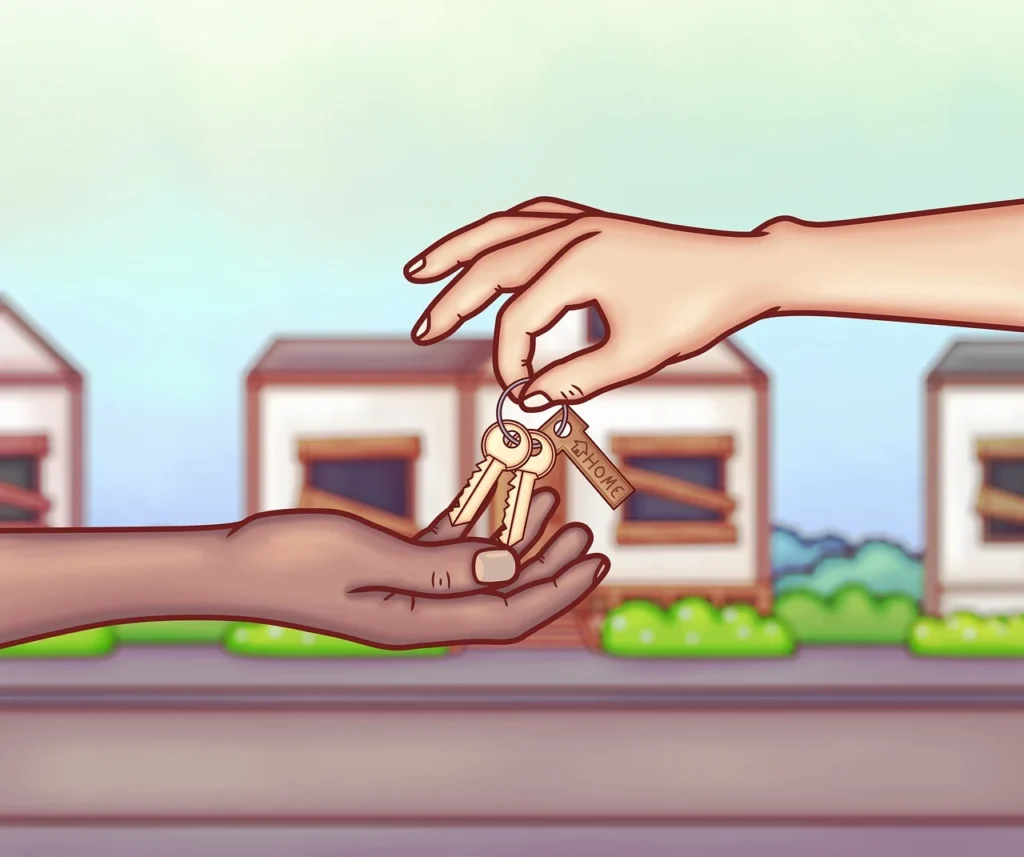Fascia and soffits play a crucial role in protecting your home from the elements while enhancing its visual appeal. These components, located along the edges of your roof, serve as a protective barrier against moisture, pests, and structural damage. Over time, wear and tear can compromise their effectiveness, leading to potential issues for your property. Recognizing the signs that indicate the need for fascia soffit and guttering replacement is essential to maintaining your home’s integrity. In this blog, we will explore the key indicators that suggest it’s time for an upgrade and why timely replacement is important.
Understanding the Role of Fascia and Soffits
Before identifying signs of damage, it’s important to understand what fascia and soffits are and their purpose.
- Fascia: This is the vertical board that runs along the edge of your roof, directly behind the gutters. It supports the lower edge of the roof tiles and provides a surface for gutter attachment.
- Soffit: This is the horizontal board tucked under the roof’s overhang. It serves as a ventilation point for the attic while preventing moisture buildup and pest infestations.
When these elements deteriorate, they can no longer effectively protect your home, leading to costly repairs. Here are some common warning signs that indicate a replacement is necessary.
1. Visible Rot or Decay
One of the most obvious signs that your fascia and soffit need replacement is visible rot or decay. Since these components are constantly exposed to weather conditions, moisture can seep in, causing wood-based soffits and fascia to rot. If you notice soft or crumbling wood, it’s time for an upgrade to prevent further damage.
2. Peeling or Cracking Paint
Paint serves as a protective layer for fascia and soffits. If you notice peeling, chipping, or cracking paint, it may be a sign that moisture has penetrated the material. While repainting might temporarily improve the appearance, it won’t fix underlying structural issues. Replacing the damaged components is the best long-term solution.
3. Water Damage and Stains
Stains or water marks on your fascia and soffits often indicate moisture infiltration. This could be due to overflowing gutters, leaks in the roof, or poor ventilation. Ignoring these stains can lead to mold growth, weakening the structural integrity of your home.
4. Pest Infestations
Damaged or deteriorating soffits can create entry points for pests such as birds, squirrels, and insects. If you hear scratching noises in your attic or notice small holes in the soffit, it’s a sign that pests have found a way inside. Replacing the soffit with durable materials can prevent future infestations.
5. Sagging or Detached Sections
If your fascia or soffits appear to be sagging, separating from the roofline, or have visible gaps, they are no longer structurally sound. This can compromise the attachment of your gutters and increase the risk of further damage during storms or heavy rainfall.
6. Poor Ventilation in the Attic
Soffits help regulate airflow in your attic, preventing heat and moisture buildup. If your attic feels excessively humid or you notice mold growth on the rafters, it could indicate that your soffits are no longer functioning properly. Replacing them with well-ventilated options will improve airflow and protect your roof structure.
7. Mold and Mildew Growth
Mold and mildew thrive in damp environments, and deteriorating soffits can contribute to excessive moisture buildup. If you notice green or black mold spots on the fascia, soffits, or nearby walls, it’s a strong indication that a replacement is needed to prevent further issues.
8. Frequent Gutter Issues
Since gutters are attached to the fascia, any damage to the fascia board can affect your gutter system. If your gutters frequently become loose, sag, or detach, it may be due to weakened fascia. Replacing the fascia can provide a stronger foundation for your gutters and improve water drainage.
Benefits of Timely Fascia and Soffit Replacement
Upgrading your fascia and soffits at the right time offers several advantages:
- Enhanced Protection: Prevents water damage, mold growth, and pest infestations.
- Improved Aesthetic Appeal: Gives your home a fresh, well-maintained look.
- Better Ventilation: Helps regulate attic temperature and prevents moisture buildup.
- Increased Property Value: A well-maintained exterior can boost your home’s curb appeal and market value.
- Long-Term Cost Savings: Prevents expensive repairs by addressing issues early.
Choosing the Right Materials for Replacement
When replacing fascia and soffits, selecting durable materials is essential. Some popular options include:
- uPVC (Unplasticized Polyvinyl Chloride): Low-maintenance, weather-resistant, and long-lasting.
- Aluminum: Lightweight, rust-resistant, and available in various colors.
- Wood: Traditional aesthetic but requires regular maintenance to prevent rot.
- Composite: A blend of materials offering durability and a natural look.
Final Thoughts
Fascia and soffits are vital components of your home’s exterior, and keeping them in good condition is crucial for protecting your property. If you notice any of the warning signs mentioned above, don’t delay in scheduling a professional roofing services dealing in fascia & soffits replacement. Timely replacement not only prevents structural issues but also enhances the overall appearance and value of your home. Investing in high-quality materials and professional installation will ensure long-term benefits and peace of mind.
If you’re in need of fascia and soffit replacement in London, contact a trusted roofing specialist today to assess your home and recommend the best solutions for your needs.




